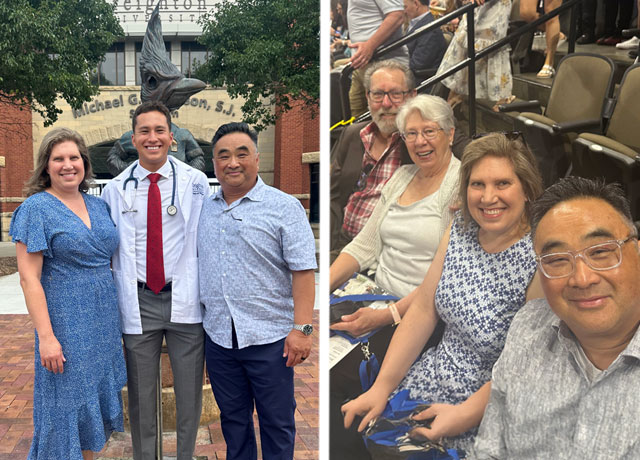Featured Testimonial About Creighton University

We need people who can think both ways — creatively and scientifically. That’s how we keep our fingers on the pulse of what’s going on at the edges.

As artificial intelligence improves, and task automation becomes more prevalent, it’s important to teach people to think in ways robots cannot. For Alex Myers, MFA, that means approaching design with an understanding of the technology of the future.
Myers is an assistant professor of graphic design, specializing in interactive design, which he describes as “a mashup of journalism, computer science, and design.” An artist himself, he views virtual reality as both an art form and a media outlet—not to mention an innovative teaching method.
“Augmented reality is the easiest way for people to get into vision-assisted design,” he explains, listing other science-and-art-blending ways in which his students learn about immersive design: voice-activated technology (like Alexa or Siri, for instance), information architecture, data visualization, and architectural theory, to name a few. Even behavioral psychology plays a part, but he stays away from the phrase as it tends to “scare students off.”
Myers’ students don’t learn in a bubble. His own work helps him stay abreast of new technologies coming down the pike in a few years, so he and his students can get a handle on how to design for them. Sometimes they even predict what’s next before it hits the market.
He knows career prep for students is important, but how can we prepare them for jobs that don’t even exist yet? For Myers, teaching is not about forming cogs that fit into a machine, but forming smart, creative, flexible people who are ready to hit the ground running on a constantly evolving world of work.


